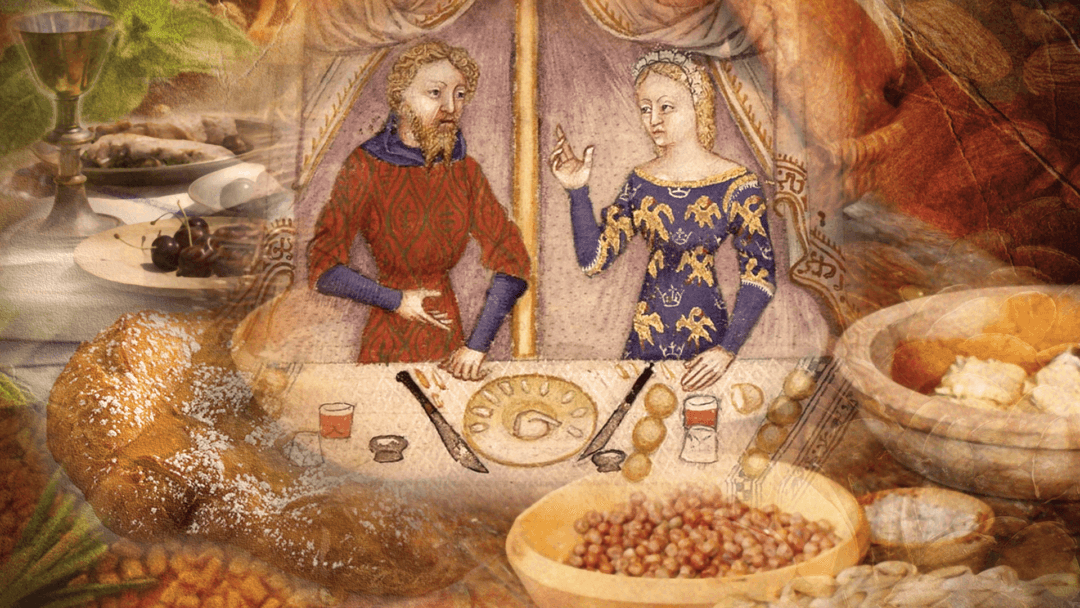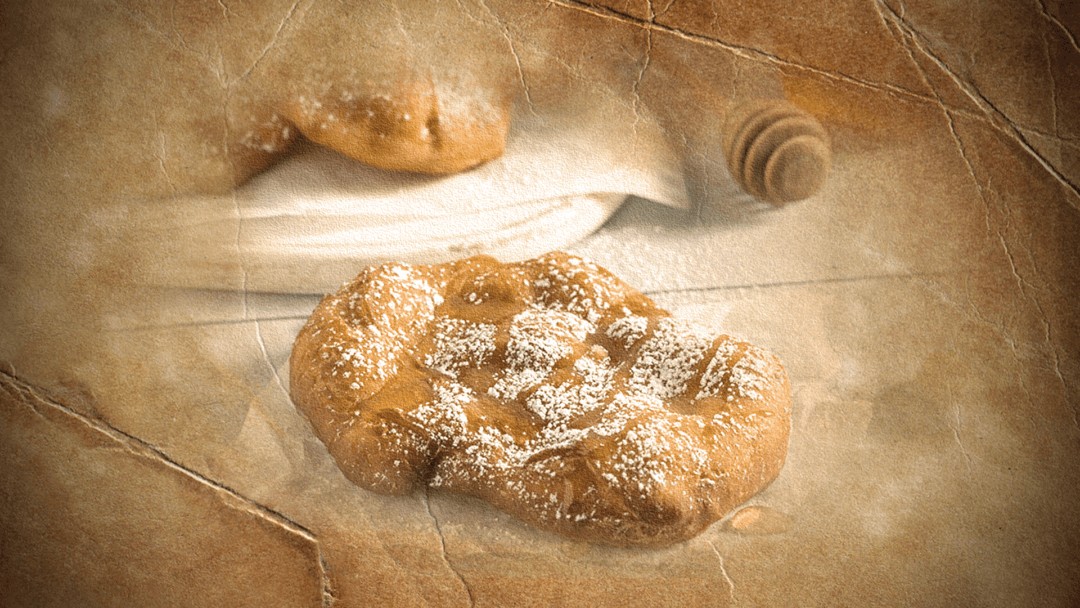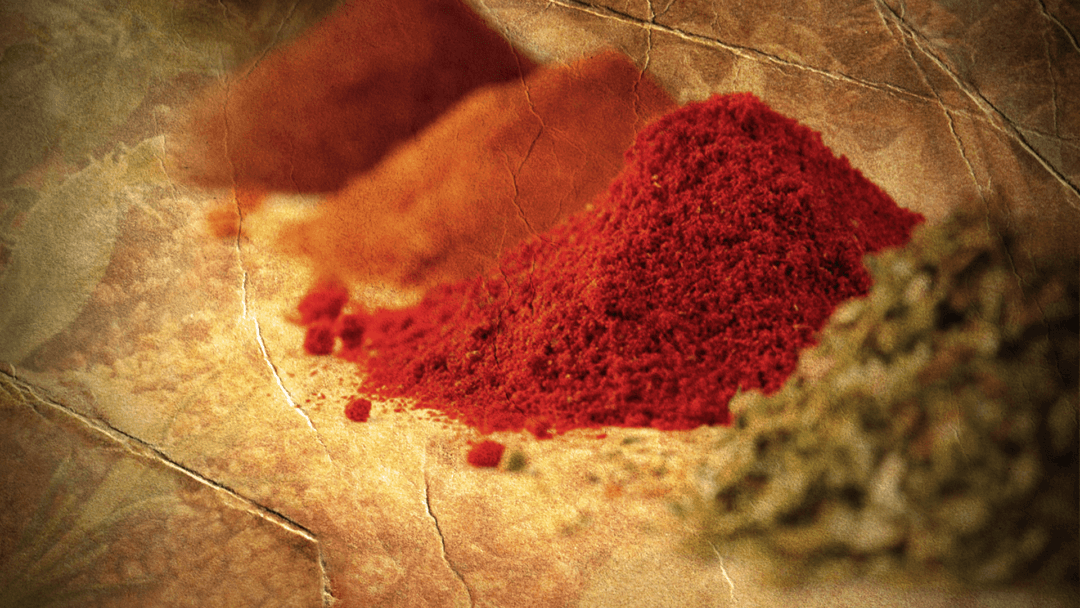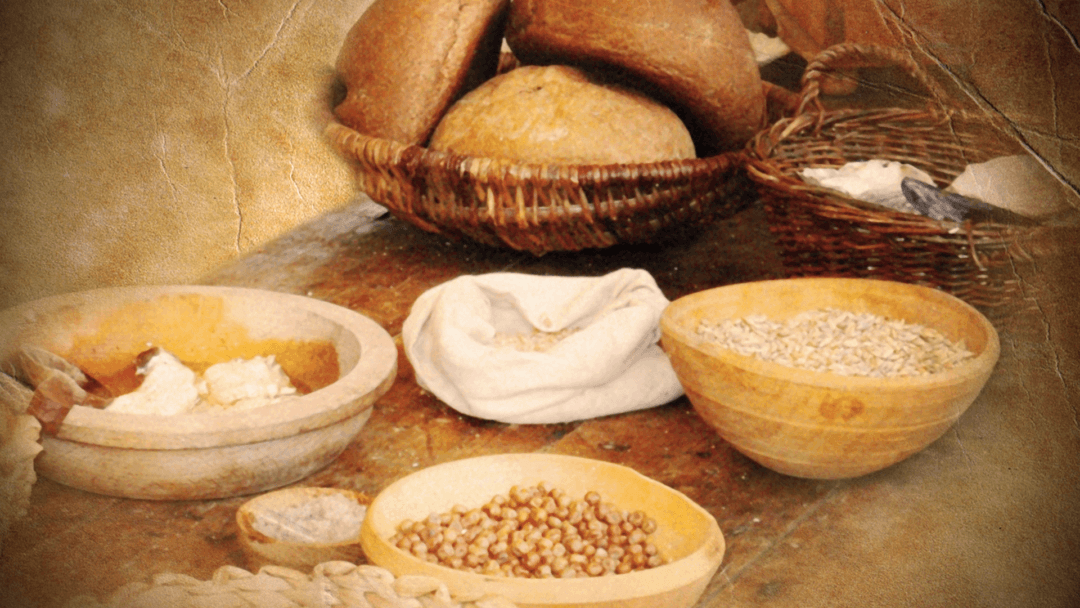
Greetings, fellow Age fans!
First, I’d like to thank you for joining us during our very first virtual trivia event! I do not know about you, but after such an exciting event and fighting off some sea monsters from our brand-new map in Age of Empires IV, I have gained quite the appetite. On my way back from my travels across vast oceans with some brave sailors, I took it upon myself to collect some recipes from some of our Age of Empires IV civilizations to share with you all. Afterall, we all need these kinds of resources to survive… don’t you think?
It’s time! Grab your chef’s hat and join me in the kitchen!
Holy Roman Empire

The cuisine of the Holy Roman Empire was similar to that of modern Mediterranean food. Grains, vegetables, olive oil, fish, meats, and dairy products were some of the most common ingredients in their meals. The quality and variety of ingredients available were often determined by a person’s social and economic status. The poorest members of society were unable to afford premade goods such as bread, leading them to rely on making “puls”, a type of grain porridge flavored with spices, a staple of their daily diet.
The Holy Roman Empire was known for some unexpected delicacies. Some of the most unexpected ingredients among their cuisine included dormice (a type of rodent) and birds such as flamingos, parrots, and ostriches.
A Pancake Breakfast – Holy Roman Empire Style
Ingredients
• 120g flour
• 225 ml water
• 2 tbsp clear honey
• Oil for frying
• 1 tbsp toasted sesame seedsStep by Step
British Museum. 2020. “How to Cook a Medieval Feast: 11 Recipes from the Middle Ages – British Museum Blog.” British Museum Blog – Explore Stories from the Museum (blog). The British Museum. December 16, 2020. https://blog.britishmuseum.org/how-to-cook-a-medieval-feast/.
Mix the flour, water and one tablespoon of honey together into a batter. Heat two tablespoons of oil in a frying-pan and pour a quarter of the mixture in. When it has set, turn it two or three times to give an even color. Cook three more pancakes in the same way. Serve all four pancakes hot with the remainder of the honey poured over and sprinkled with sesame seeds.
French

Medieval French gastronomy was comprised of simple dishes which heavily made from grains, legumes, and vegetables. For nobility, meals were often intricate events with a seemingly never-ending line of courses overflowing with meat, fish, poultry, wines, and expensive spices and salts. Presenting a meal seasoned and flavored with a variety of spices and salts was not just about serving a tasty meal, it was also a way to make a statement. Accessing these ingredients showed off the abundance of wealth, status, and political influence one had to import or purchase such prized (and delicious) possessions.
A Mix to Spice Up Your Life
• 2 rounded tablespoons freshly ground black pepper (16g)
Redon, Odile, Francoise Sabban, and Silvano Serventi. 2000. The Medieval Kitchen: Recipes from France and Italy. Translated by Edward Schneider. 2nd ed. Chicago, IL: University of Chicago Press.
• 2 rounded tablespoons ground cinnamon (16g)
• 2 rounded tablespoons ground ginger (16g)
• 11/2 tablespoons saffron threads, loosely measured, crushed to a powder in a mortar or with your fingers (4g)
• 3/4 teaspoon ground cloves (2g)
English

Typically, the medieval English diet is said to be based heavily on grains, bread, the making of ale, and whatever seasonal vegetables were available to cook. Those of higher social classes and part of the nobility were served lavish feasts with meat as their main source of food along with imported aphrodisiacs as side dishes. As researching experts continue to dissect available evidence, they’ve found that all of medieval English people, regardless of their status, had a high protein diet, usually sourced from meat and poultry and items such as bread, meat, some vegetables, and ale were common accompanying ingredients to their hardy diet. Feasts served by nobility were also common, opening up their lavish meals to those who may not have traditionally had access to expensive wines or spices.
Quench Your Thirst After a Long Day of Gaming… I mean, farming.
• One bottle of sweet white wine
• 1 or 2 cups of honey
• 1 tbs. cinnamon, galingale or ginger and cardamom (of each)
• 1 tbs white pepper
• Cheesecloth
“Take kanel & galinga, greyns de paris, and a lytel peper, & make pouder, & temper hit wyt god wyte wyne & the þrid perte honey & ryne hit þorow a cloþ.”
Boil the wine and honey, reduce the heat and skim off the scrum as it rises. Continue adding honey as you deem necessary, then remove from the heat and stir in the spices. Let the mix sit covered for 24 hours. After this period, remove the residue of spices and pass the wine into another container using a strainer with two or three layers of cheesecloth. Bottle and wait at least one month before serving.“
Philological Society (Great Britain). 2009. Liber Cure Cocorum. Charleston, SC: BiblioLife.
Abbasid Dynasty

The Abbasid Caliphate had some of the richest and most varied foods during the medieval period. This second Islamic caliphate’s cuisine highlighted meat, fish, poultry, grains, spices, vegetables, and rice. This plethora of ingredients were native to their lands, but some items were brought along by the trade occurring thanks to the geopolitical changes of the region. The Abbasid gastronomy truly optimized the ingredients available to them, creating delicious stews, meat and rice dishes, and even some sweet treats for dessert. Unlike other regions, bread was not a staple of their diet and in fact, was reserved as a delicacy for those who had the political and economic status to afford it.
Unlimited Sweet Treats
“Their varieties are so many. Among them are sweets made of nāṭif. You put dibs [date molasses], honey, sugar, or rub [boiled-down fruit juice] in the pot and then you put it on a gentle fire and stir until it takes consistency. Then you beat egg whites add them and stir until it thickens and becomes nāṭif. After that, if you want ḥalāwa lauziyya [almond candy], you put in toasted almonds and „you feed it„, that is, you bind them. You could make it ḥalāwa jauziyya [with walnuts], ḥalāwa bunduqiyya [with hazelnuts], ḥalāwa fustuqiyya [with pistachios], ḥalāwa quḍāmiyya [with toasted chickpeas], simsimiyya [toasted sesame seeds]. As for ḥalāwa ‘ajamiyya, toast flour with sesame oil until it becomes slack [like batter], and boil dibs or another sweet ingredient and put it on the fire until its foam rises and skim it. Dissolve starch in water and pour it in.”
Véronique Pitchon. Food and Foodways in the Medieval Islamic World. American Journal of Humanities and Social Science (AJHSS), 2020, American Journal of Humanities and Social Science, 5,
pp.1-15. ffhal-03084880
A Chemical Mystery
How do modern day historians and archaeologists know the types of foods ancient civilizations consumed hundreds and thousands of years ago? The answer lies in researchers’ ability to piece together the findings of food remains in archaeological sites and artifacts. The chemical analysis that each of these pieces undergoes sheds light on the chemical remains of food in the area or those found in human waste. In addition, the knowledge gathered by historians from books, traditions passed down through centuries, and the geopolitical history of the region adds another layer to piece this fascinating puzzle together. It is by no means, an easy or quick task, but by working together across disciplines, academics can bring these answers to light.
Age Community, I hope your hunger for knowledge this week has been satisfied with this tale. Next time you are playing Age IV, keep an eye out for our hands on history videos “The Harvest” and “Campaign Life” to learn more about medieval agriculture and gastronomy. As always, I encourage you to reflect on what food or ingredients you may be collecting as a resource in game based on what civilization you are leading to victory.
P.S. I hope you give one of these medieval recipes a try. Maybe you will find a new favorite dish to whip up after a well-deserved victory.
Sage